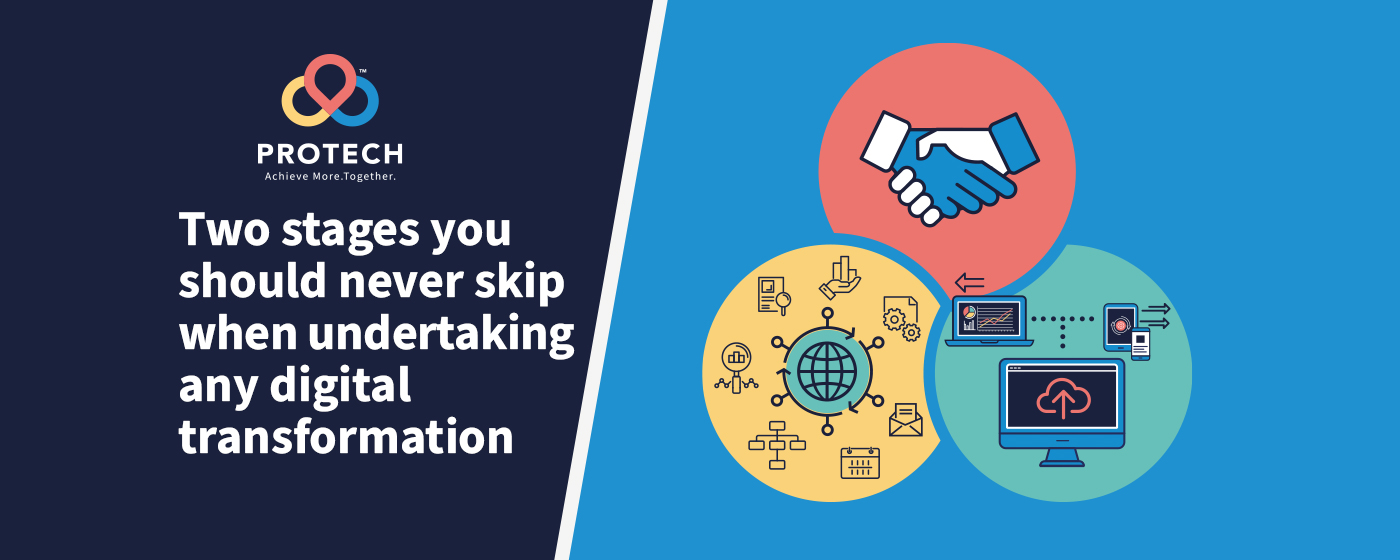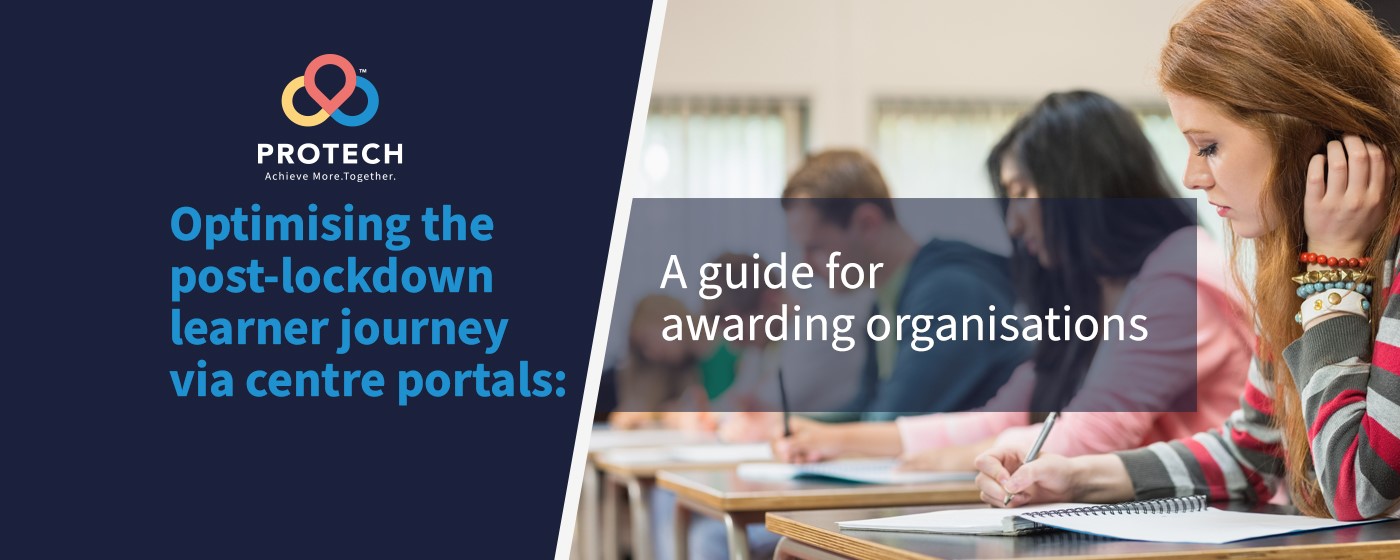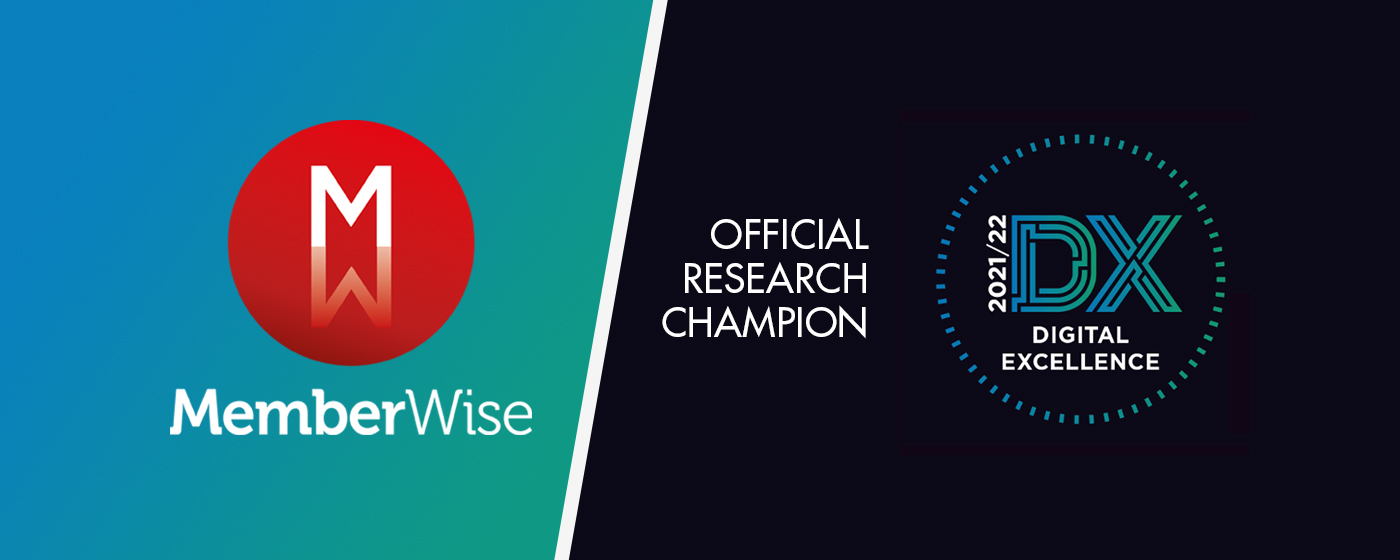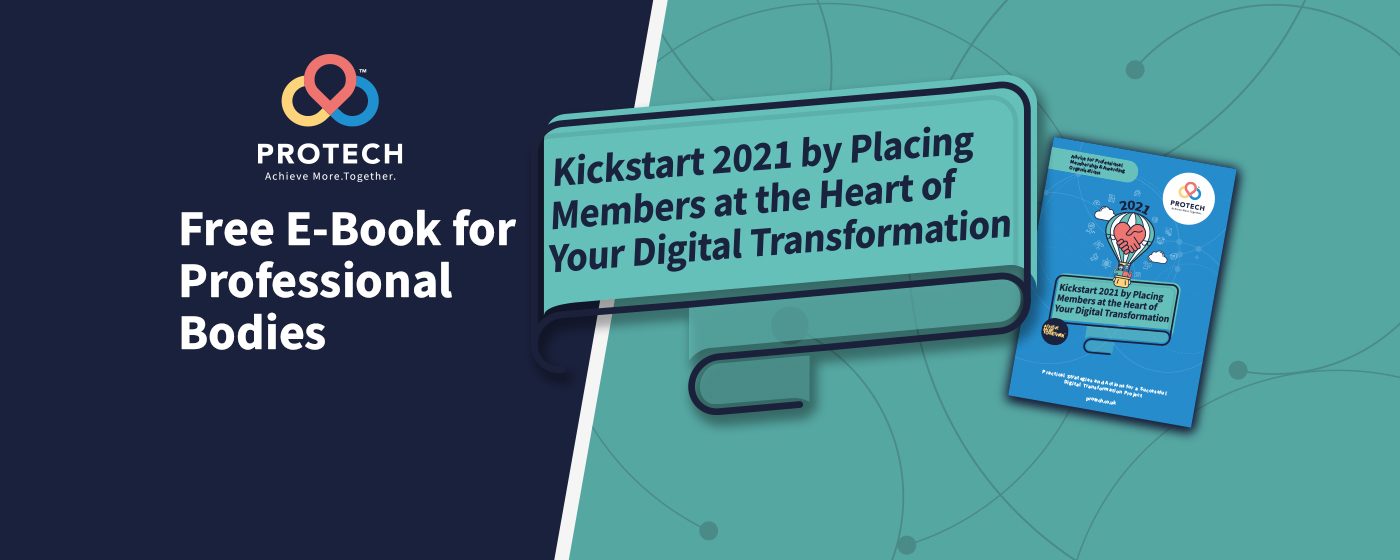The last 12 months have been a challenging time for the economy with the focus of most professional bodies needing to switch from growth to survival. But now, with the end of the pandemic hopefully in sight, our organisations have an opportunity to transform their digital services and help their members reignite their careers.
In planning for this type of transformation, there are three factors critical for success. Firstly, we must always place members at the heart of our planning by understanding precisely what they need and value from us.
Secondly, we should consider organisational change as an essential part of digital transformation and undertake steps to ensure internal processes have the bandwidth to properly support our members.
The third factor that is discussed below, is that we must also develop a watertight internal business case and list all the business requirements for any transformation project. In addition to facilitating approvals, this final planning stage ensures that the entire organisation moves as one, and in the same direction.
Developing an internal business case for your project
This step is often overlooked, especially when an organisation feels it is already in agreement or is rushing to implement changes. But the small amount of planning time this saves often introduces significant risk that can undermine the entire strategy and even delay the delivery date.
By developing a business case we are taking the time to properly set objectives and understand how they link to our organisation’s broader strategy. We are ensuring that our project is focused on solving the right issues and servicing the right needs. We are also doing the vital work of reviewing available options and weighing the benefits of different solutions. Each will have a specific implication for our budget and timeline and understanding how to mitigate any risks is essential.
The best business case document should include the following six sections:
- Reasons: Why is this transformation project essential and why does it need to happen now?
- Options: What choices do we have to achieve this transformation and how do they compare?
- Benefits: What are the intended outcomes of the project and how will it improve our members’ lives?
- Costs: What budget is needed to properly plan, implement and support the project, and how will it return on this investment?
- Timescales: How long will the project take and what project management approach will we be using to ensure it stays on track?
- Risks: What things could go wrong and how are we going to avoid them?
Business Requirements: What needs to change and why
Once we are certain that a digital transformation project is affordable, achievable and essential to our members, we need to deep-dive into the specifics of which process need to change to improve the member experience.
There are several ways to do this but, in our experience, achieving coherence is the crucial factor. That means taking a 360-degree view of the project and ensuring every process area is reviewed and represented. The two objectives here are:
- To understand for which people, both internally and externally, the technology is being implemented
- To clearly identify which processes the technology will support and how each user persona’s experience will improve as a result
Our preferred method of capturing this information is to generate a set of user personas, lay out all of the tasks that they need to achieve and list the reasons why they do them. This should produce a set of technologically agnostic user stories that provide a roadmap for the digital transformation. It should also quantify specifically what each element needs to achieve.
For example:
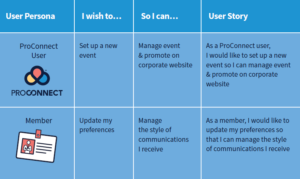
From Planning to Execution
For any professional body undertaking a digital transformation, a properly developed business case and requirement list will provide the best foundation for success. But there are a number of challenges remaining. We need to adopt and implement a project management approach that best suits the organisation. We must appoint all the essential project team roles and clearly define their responsibilities. And we need to research, interview and select the right technology partner that is both a great organisational fit and can deliver the project with the minimum of budget or deadline risk.
We go into depth on these aspects in our free eBook: “Kickstart 2021 by placing members at the heart of your digital transformation”. Following the steps in this guide while keeping the needs of your members at the very heart of your planning maximises any organisations’ opportunity for success.


